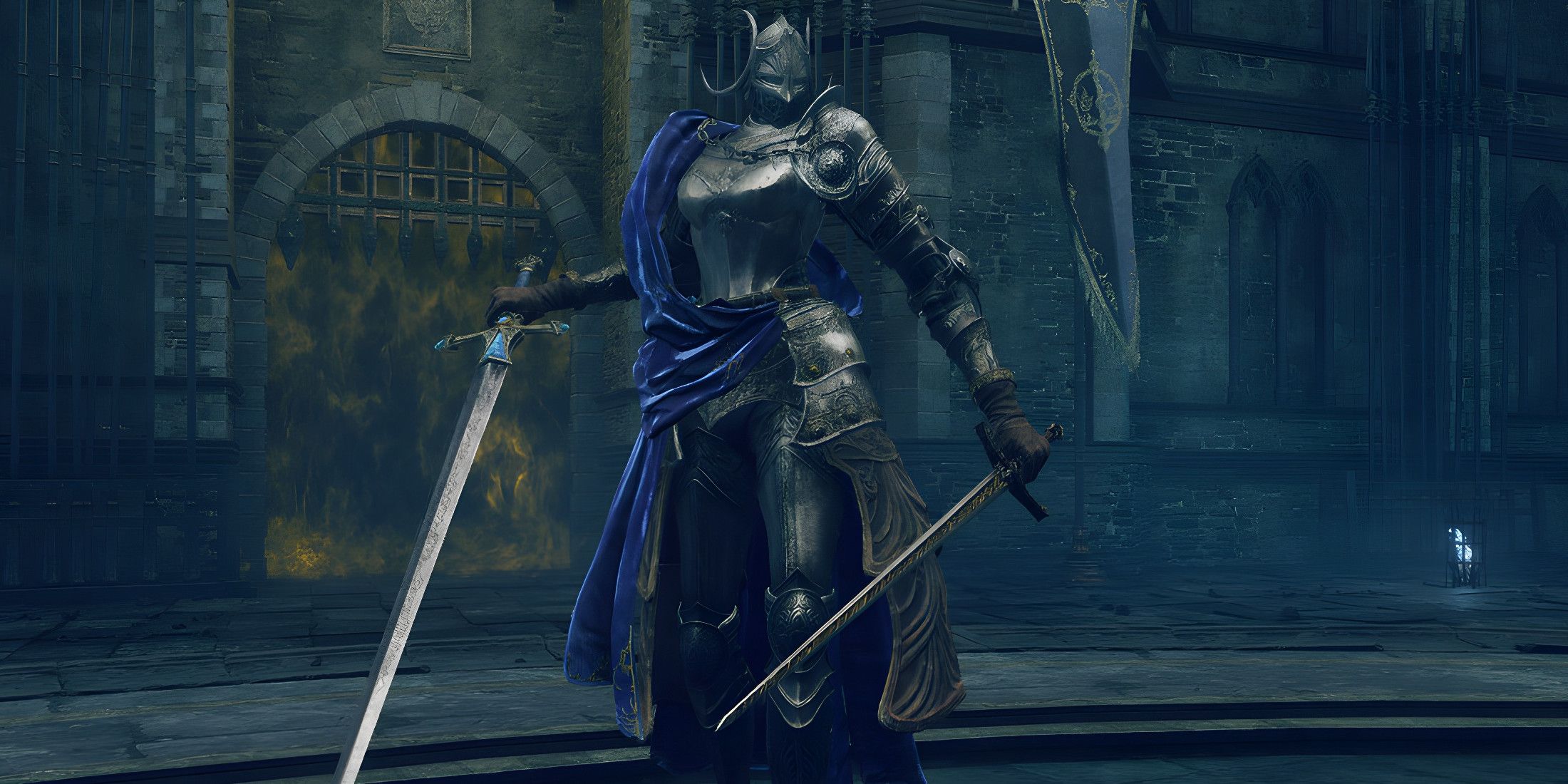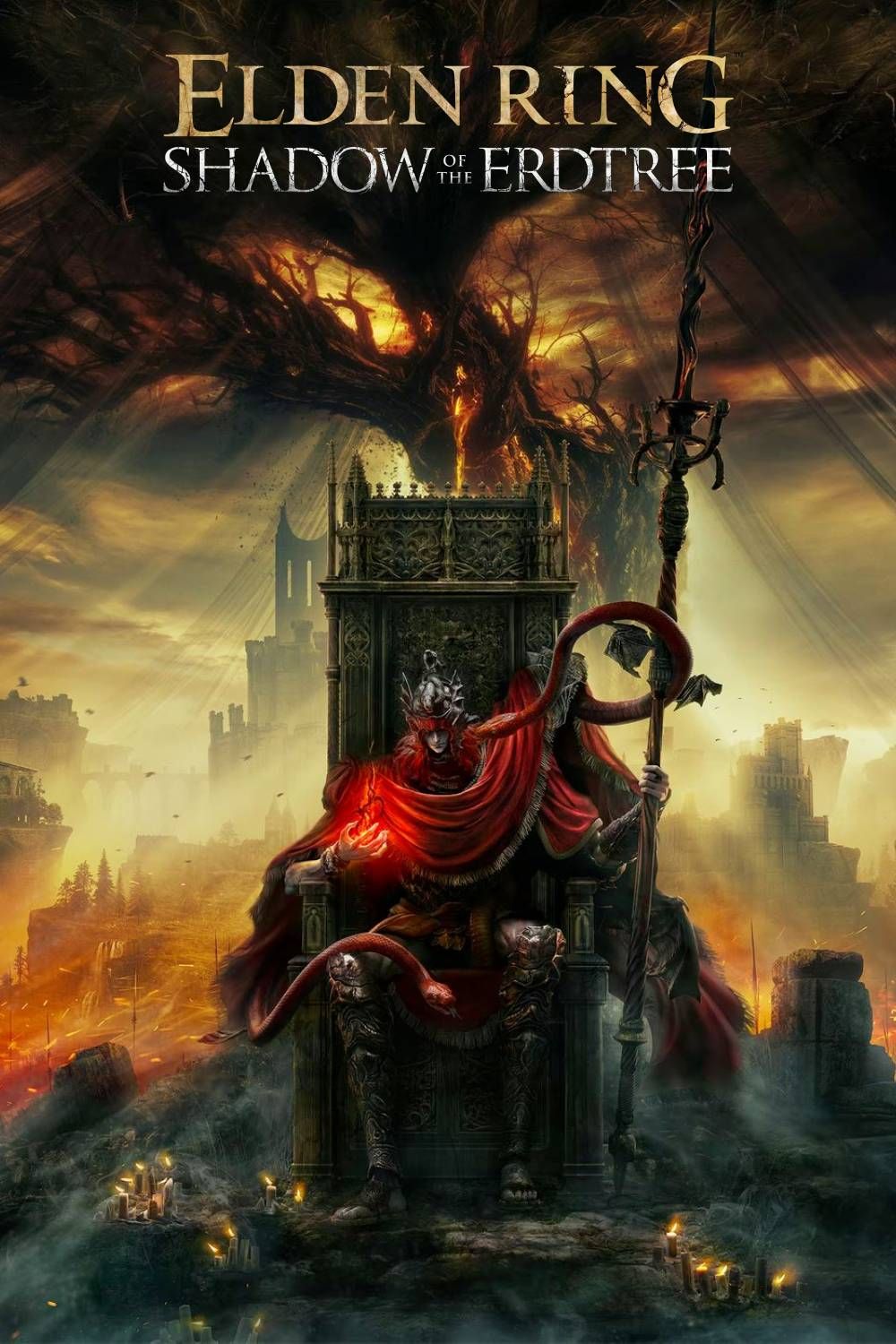With the release of Shadow of the Erdtree, Elden Ring‘s already great combat system has been polished to a brilliant shine. Many words have already been typed about Shadow of the Erdtree‘s new progression system, which allows even the most veteran Souls players to feel a constant sense of improvement within the DLC itself, but the plethora of new weapon types added with the expansion, alongside diverse boss and encounter design, also helps deepen the game’s combat sandbox. That said, it still pales in comparison to FromSoftware’s best combat system.
Sekiro: Shadows Die Twice came as a massive shock to FromSoftware fans back in 2019. On top of being remarkably distinct from its Souls predecessors in terms of narrative and setting, it takes a huge creative leap: there are no classes, no builds, and no gear to collect—only one sword and a handful of special abilities. Sekiro‘s combat framework is deceptively complex, but its central pillar is a parry and stance system that encourages constant aggression by rewarding damage negation. With each successful hit and parry, the enemy’s posture will decrease, and lowering an enemy’s health decreases their posture resistance. This gives combat a constant sense of forward momentum, which could have been used to great effect in Shadow of the Erdtree.
Related
Elden Ring: Shadow of the Erdtree’s Bayle Fight Is Elden Beast All Over Again
Elden Ring: Shadow of the Erdtree’s fight with Bayle the Dread shares an unfortunate similarity with the Elden Beast fight from the base game.
Elden Ring: Shadow of the Erdtree Would Have Been the Perfect Venue for Sekiro’s Mechanics
Players Are Still Lamenting the Loss of Sekiro’s Combat
After Sekiro released, there were hopes that its well-received combat system would be incorporated, at least partially, into future FromSoftware games. While this could still happen, and Elden Ring does draw from Sekiro in some ways, the 2019 action game’s combat seems to be collecting dust for now, as Elden Ring‘s combat has much more in common with the Dark Souls series.
This isn’t inherently bad, as both Dark Souls and Sekiro are effective in different ways, but many feel that Elden Ring could have gone farther with its Sekiro elements. Perhaps the biggest thing that Elden Ring has in common with Sekiro is its approach to poise, as players can break down an invisible stagger bar with heavy and jump attacks, which can open a window for a critical hit. But this can feel watered-down after playing Sekiro, as it lacks both the energy and transparency of that game’s posture system.
Shadow of the Erdtree Highlights How Well Sekiro’s Combat Would Work in Elden Ring
Shadow of the Erdtree has some brutal boss fights, and the DLC as a whole poses some of the greatest challenges of the whole game. A common shared trait of the expansion’s hostile NPCs is a tendency toward fast, long-lasting attack sequences, with enemies like the dancing Curseblades and bosses like Rellana regularly launching into extensive combos. For players who love to chain together perfectly-timed rolls and blocks, these attack chains are welcome, but they can also often halt the momentum of a fight. This is because the player is forced to strictly play defense and wait for an opening, rather than being aggressive and making constant progress.
While Elden Ring‘s parry mechanic can be useful against these enemies, it doesn’t have the speed or intensity of Sekiro‘s deflecting mechanic, and it requires a specific Ash of War to use. In general, parrying is more difficult to execute and often not as rewarding as it is in Sekiro, which is built around deflecting long, speedy combos from enemies. With so many of Shadow of the Erdtree‘s bosses and overworld creatures feeling pulled straight out of Sekiro, some version of that game’s singularly satisfying parry system would have been a natural, impactful addition.


